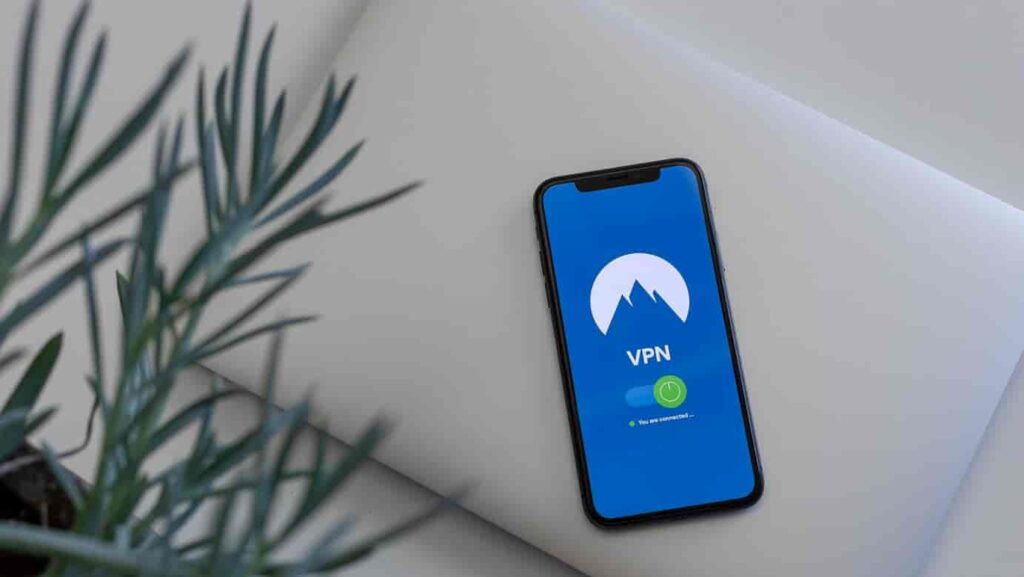The Internet of Things (IoT) and artificial intelligence (AI) are two innovative technologies that have skyrocketed in popularity in recent years. IoT refers to the interconnected network of physical things, whereas AI focuses on mimicking human intellect in robots. These two technologies work together to provide a potent combination that transforms several sectors. In this post, we will explore the role of Artificial Intelligence in IoT and how it is reshaping the future of connected devices.
What is Artificial Intelligence?
AI, or Artificial Intelligence, refers to the field of computer science that focuses on creating intelligent machines capable of simulating human-like intelligence. It involves the development of algorithms and systems that enable computers to perform tasks that typically require human intelligence, such as learning, reasoning, problem-solving, perception, and natural language understanding. AI aims to replicate cognitive abilities in machines, allowing them to analyze and interpret vast amounts of data, make informed decisions, and adapt to changing circumstances.
At its core, artificial intelligence (AI) includes a number of topics, including machine learning, robotics, natural language processing, computer vision, and expert systems. In particular, machine learning, which includes teaching algorithms to see patterns in data and make predictions or take actions based on those patterns, plays a crucial role in AI.
AI systems may continually enhance their performance and skill set through iterative learning and optimisation. AI is revolutionising sectors and changing how we live and work by finding applications in a wide range of fields, including healthcare, finance, transportation, and entertainment.
What is the Internet of Things?
The term “Internet of Things” (IoT) refers to a network of networked physical things, including machines, automobiles, appliances, and other items, that are equipped with sensors, software, and networking capabilities to gather and share data online. IoT essentially expands the capabilities of the internet past conventional computer devices, allowing a wide range of items to connect with one another and with people, resulting in a streamlined and intelligent ecosystem.
These connected devices can range from simple everyday objects like light bulbs and thermostats to complex industrial machinery and smart city infrastructure.
The ability of devices to collect and exchange data in real-time, enabling improved monitoring, control, and automation, is the core idea underlying IoT. IoT devices may gather useful data about their surroundings through sensors, such as temperature, humidity, motion, or location. The analysis and use of this data may then be used to set off events, improve procedures, and offer insightful information.
What is the Role of AI in IoT?
Lets discuss how AI is influencing the IoT and how connected devices will function in the future,
1. Enhancing Data Processing and Analysis
AI’s capacity to process and analyse huge amounts of data produced by networked devices is one of the technology’s major contributions to the Internet of Things (IoT). Making sense of the data generated by IoT devices, which is an incredible amount, would be difficult without AI. Businesses can make data-driven choices and optimise their operations thanks to AI algorithms’ ability to go through the data, spot trends, and extract insightful information.
2. Enabling Real-time Decision Making
IoT devices may now make autonomous choices in real time without the need for human involvement thanks to AI. Machine learning algorithms are used by connected devices to analyse incoming data, spot abnormalities, and take proactive action in the face of shifting circumstances. For instance, AI algorithms in a smart home system may learn the preferences of the inhabitants and modify lighting, temperature, and other settings as necessary to offer individualised and seamless experiences.
3. Intelligent Energy Management
In IoT installations, energy efficiency is of the utmost importance. By examining data trends and seeing chances for increased efficiency, AI programmes can reduce energy use. For instance, AI-powered algorithms may estimate energy demand, modify consumption depending on occupancy, and spot patterns of energy waste to optimise energy use in smart grids, smart buildings, and industrial IoT systems.
4. Predictive Maintenance and Fault Detection
In IoT systems, AI is essential for defect detection and predictive maintenance. AI systems may identify abnormalities or deviations from expected patterns by continually monitoring sensor data, perhaps identifying problems or requiring repair. Organisations can minimise downtime, cut maintenance expenses, and extend the life of their IoT equipment with the aid of this proactive strategy.
5. Enhanced Security and Privacy
It is harder to maintain strong security and privacy as the number of connected devices rises. By utilising cutting-edge methods like anomaly detection, behavioral analysis, and threat prediction, AI can improve IoT security. IoT ecosystems’ entire security posture may be improved by using AI algorithms to spot suspicious activity, stop cyberattacks, and safeguard critical data.
6. Personalized User Experiences
IoT devices may offer personalised user experiences thanks to AI by utilising data analytics and machine learning. AI-driven virtual assistants, for instance, may recognise user preferences, anticipate their requirements, and provide personalised recommendations. IoT devices with AI capabilities may analyse patient data, create individualised treatment plans, and monitor vital signs in the healthcare industry, improving patient outcomes.
Conclusion:
The integration of AI with IoT brings transformative capabilities to connected devices. From data processing and real-time decision-making to predictive maintenance, energy management, security, and personalized experiences, AI empowers IoT systems to operate efficiently, intelligently, and securely. As AI and IoT continue to evolve, we can expect even more innovative applications that will shape the future of technology and revolutionize industries across the globe


